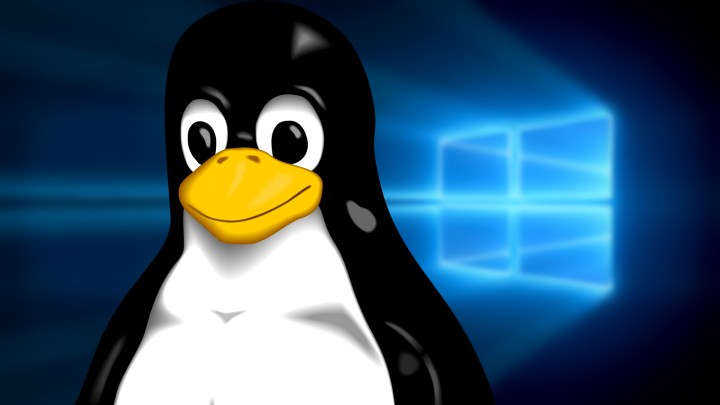
“At Microsoft,” penned Kamala Subramanian, lead architect on the Azure project. “We believe there are many excellent switch hardware platforms available on the market, with healthy competition between many vendors driving innovation, speed increases, and cost reductions.”
However, in the same passage, she goes on to say that cloud and enterprise networks alike find it challenging “integrating the radically different software running on each different type of switch into a cloud-wide network management platform.”
Essentially, while Microsoft likes the idea of software-defined networking, it couldn’t find the right SDN code to suit its demands. That said, Azure Cloud Switch does just that by allowing Redmond to patch out software bugs much more stealthily. It also, Microsoft says, allows the company to scale the software down, enabling it to work on features for its data center, along with other networking needs.
Azure Cloud Switch, or ACS as it’s abbreviated, was conceived with the Switch Abstraction Interface (SAI) in mind, i.e., an OpenCompute project bearing the API required to program action-specific integrated circuits (ASICs) within network devices.
Though Microsoft’s post says a lot about ACS and its accompanying features, its ties with Linux remain unclear. Maybe the world’s switching ecosystem was getting a bit too complex for Microsoft. It did say that it demoed ACS to four ASIC vendors, namely Mellanox, Broadcom, Cavium, and the Barefoot software switch. It also showed off six implementations of SAI with Broadcom, Dell, Mellanox, Cavium, Barefoot, and Metaswitch, with three application stacks being exhibited to Microsoft, Dell, and Metaswitch.
Subramaniam concludes, “We’re talking about ACS publicly as we believe this approach of disaggregating the switch software from the switch hardware will continue to be a growing trend in the networking industry and we would like to contribute our insights and experiences of this journey starting here.”
Clearly this journey is absent Windows, a surprising piece of information for anyone familiar with Microsoft’s historically antagonistic relationship with Linux. On the other hand, there’s something to be said about this new Microsoft, run by Satya Nadella, which is boldly willing to work outside its own proprietary ecosystems if it means being more efficient.


